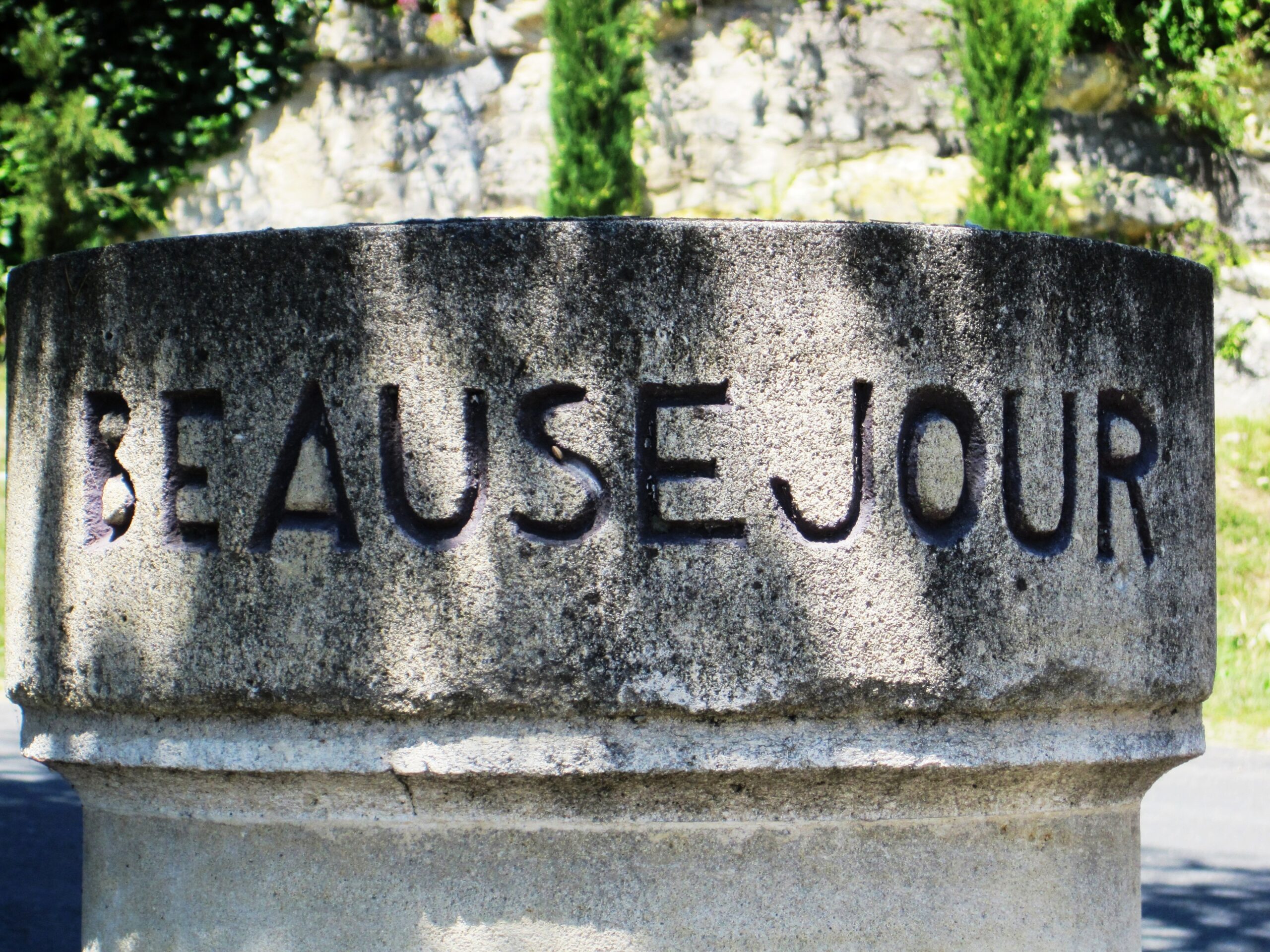2000 Château Beausejour (Duffau Lagarrosse) St. Émilion Grand Cru Bordeaux France Wine Tasting Note
9711 Views
|
2000
Château Beausejour (Duffau Lagarrosse) (St. Émilion Grand Cru)
On the red fruit side with herbs, licorice, truffle and leafy aromatics, the wine is fully developed. Medium bodied, soft, fresh and with a dusty, red fruit and olive palate presence, this is easy to drink today. However, it is not a wine to hold. Enjoy it over the next 4-5 years. 3,478 Views Tasted Mar 18, 2019This starts off with plums, minerality, herbs and truffle. Well made and without faults, there is no excitement or unique characteristic in the wine. 6,233 Views Tasted Mar 5, 2010 |

When to Drink Chateau Beausejour, Anticipated Maturity, Decanting Time
Chateau Beausejour is much better with at least 12-15 years of aging in good vintages. Young vintages can be decanted for 2-3 hours or more.
This allows the wine to soften and open its perfume. Older vintages might need very little decanting, just enough to remove the sediment. Chateau Beausejour offers its best drinking and should reach peak maturity between 12-40 years of age after the vintage.
Serving Chateau Beausejour with Wine, and Food Pairing Tips
Chateau Beausejour is best served at 15.5 degrees Celsius, 60 degrees Fahrenheit. The cool, almost cellar temperature gives the wine more freshness and lift. Chateau Beausejour is best served with all types of classic meat dishes, veal, pork, beef, lamb, duck, game, roast chicken, roasted, braised, and grilled dishes.
Chateau Beausejour is a perfect match with Asian dishes, hearty fish courses like tuna, mushrooms, and pasta as well as cheese.

